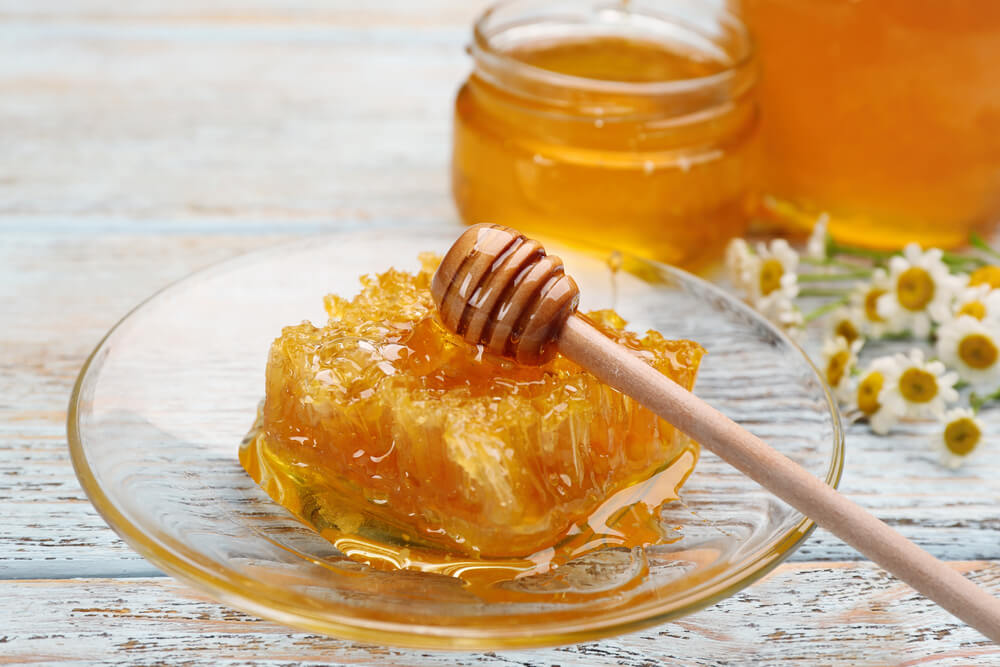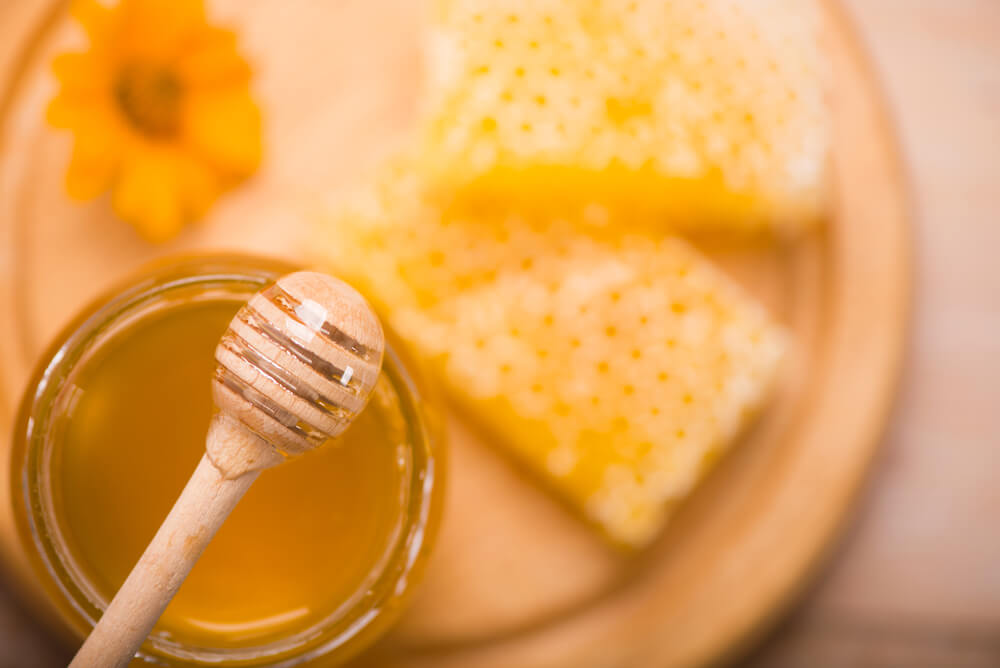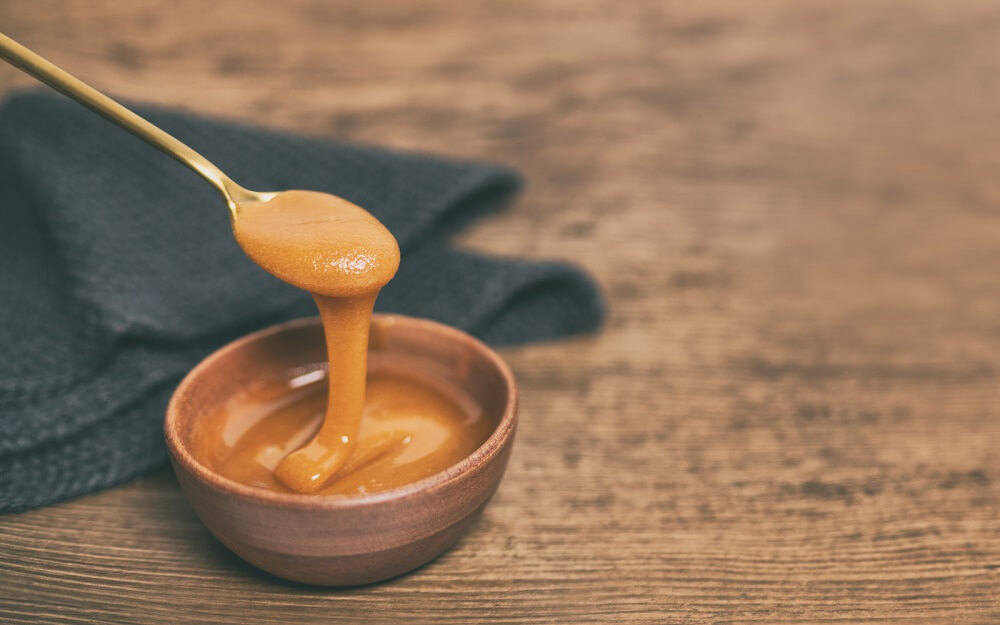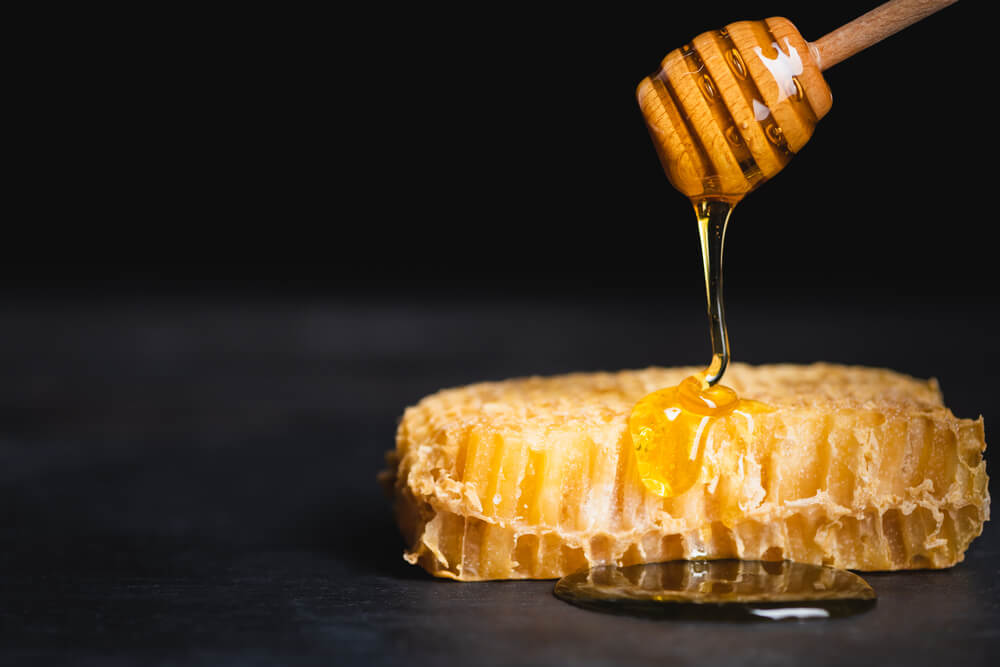What is Longan Honey?
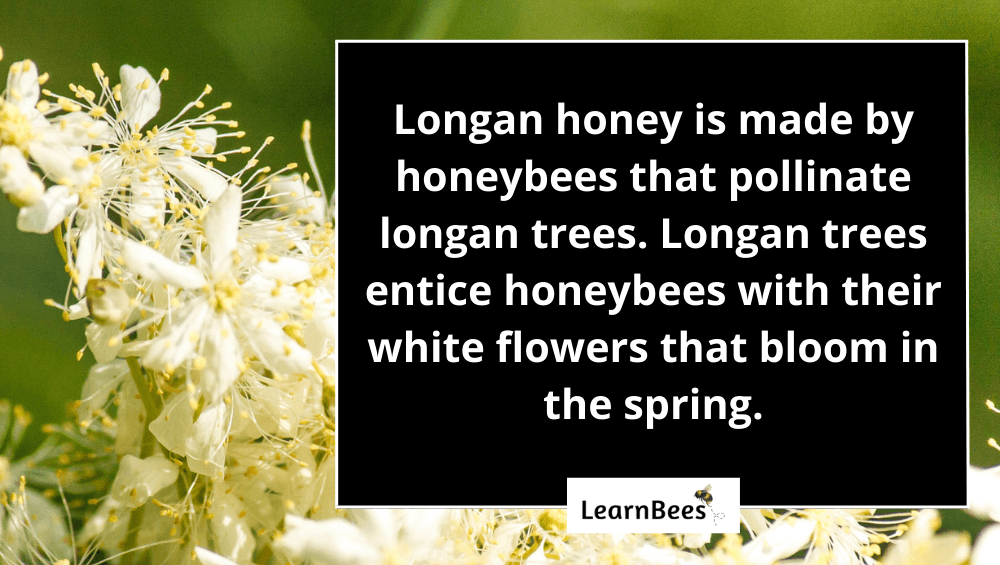
Longan honey is produced by honeybees that feed on longan trees.
Longan trees are native to Southeast Asia. These tropical trees produce small fruit that tastes like mango. Longan trees entice honeybees with their white flowers that bloom in the spring.(1)
Speaking of honeybees, you might be wondering:
What does longan honey taste like?
Raw longan honey has a sweet flavor with fruity undertones. It has a delicate taste that doesn’t overpower your tastebuds. The color is medium to dark amber, with a silky smooth texture that melts in the mouth.
Longan honey is also popular in boba milk tea.
Boba tea, also called bubble tea, is a famous drink that originated in Taiwan. It consists of tea, milk, longan honey, ice, and tapioca pearls, all shaken together like a martini.
The result is a creamy, sweet drink with chewy pearls at the bottom.
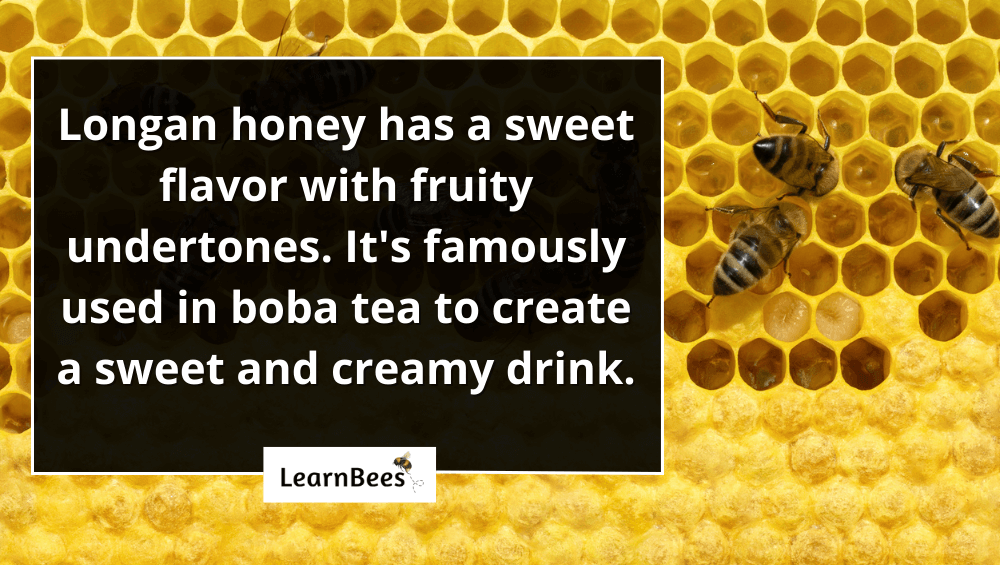
But that’s not all longan honey is good for.
Raw honey has antibacterial, antiviral, and anti-inflammatory effects. As a result, it has been successfully used in clinical settings to treat skin conditions and upper respiratory infections.(2, 3, 4)
But here’s the thing:
Raw honey is the only type of honey that provides these health benefits.
Raw longan honey is unprocessed and unheated honey. It’s kept in its natural state, just like the honeybees created it.
Why does this matter?
Because raw honey gets stripped of its anti-inflammatory, antimicrobial, and antifungal effects once it’s pasteurized. Even worse, some honey manufacturers dilute their processed honey with unnecessary sweeteners.(5, 6)
As such, the FDA warns that overly pasteurized honey is no longer considered real honey.(7)
So here’s our advice:
Opt for raw longan honey over the processed stuff. This allows you to enjoy both the taste and the health benefits of pure honey.
And as a general rule?
Look for honey labels that say “raw” or “natural” on them.
What Are the Benefits of Longan Honey?
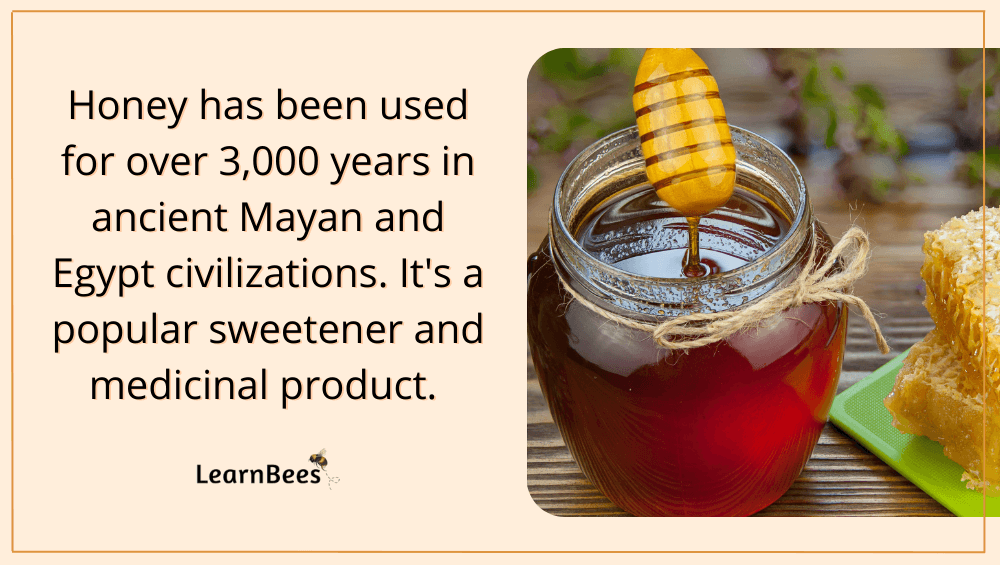
Longan Honey Nutrition
A single tablespoon of longan honey contains:
- Calories: 60 calories
- Protein: 0 grams
- Fat: 0 grams
- Carbs: 17 grams
- Sugars: 16 grams
So what are the longan honey benefits?
Let’s discuss a few.
Benefit 1: Honey Has a High Antioxidant Content
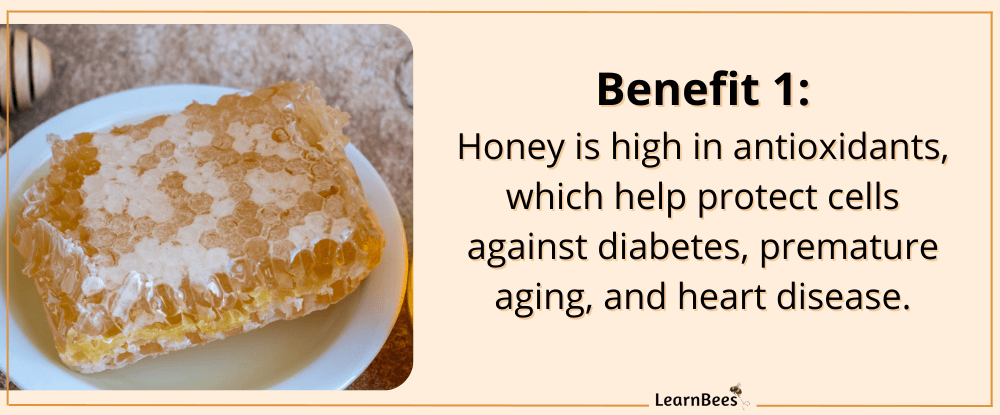
Honey has antioxidants such as flavonoids and phenolic acids, according to research. These antioxidants have been found to potentially protect cells from damage. Damage to cells may result in conditions such as type 2 diabetes, heart disease, and accelerated aging.(8)
Honey’s antioxidants make it anti-inflammatory. Honey, as a result, has been found in studies to help prevent various illnesses related to oxidative stress.(9)
Raw honey also has traces of bee propolis and pollen in it, giving it added health benefits. Moreover, raw honey has been linked to positive effects on the respiratory, gastrointestinal, cardiovascular, and nervous systems.(10)
Benefit 2: Honey is a Proven Topical Treatment of Wounds
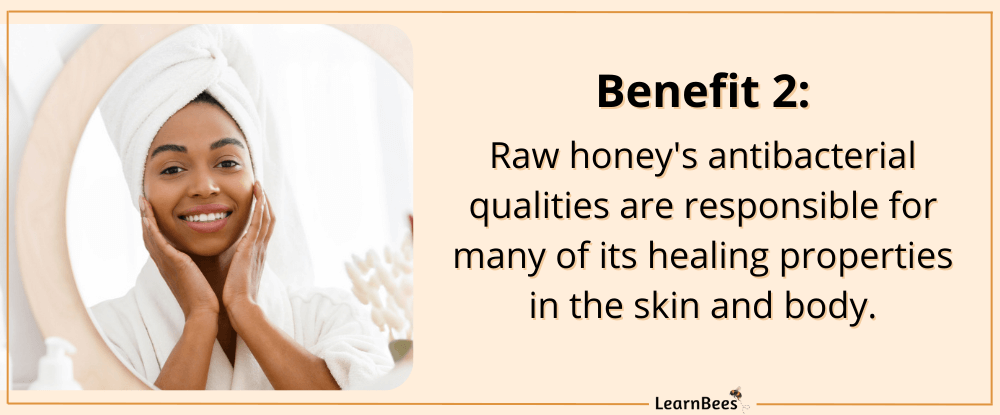
Honey has been widely used in medical studies as a topical treatment for skin injuries. This is due to its antibacterial, antifungal, and anti-inflammatory properties.(11, 12)
Honey has antimicrobial qualities, which may help prevent or slow the growth of germs. Honey has been shown in studies to have many skin benefits, including inhibiting bacteria and assisting wounds in healing.(13, 14)
Honey was found in a study to aid in the recovery of burns and sores that had become infected after surgery.(15)
Raw honey has also been shown to help with diabetes-related foot ulcers. Foot ulcers are open wounds that often occur at the bottom of the foot. They can be extremely painful and lead to foot amputation.
Honey had a 43.3% success rate in treating diabetes-related foot ulcers, according to one study. A topical honey treatment was discovered in a separate study to heal 97% of patients’ diabetes-related ulcers.(16)
Honey has also been found to be beneficial in the treatment of other skin diseases, including psoriasis and herpes sores.(17)
Benefit 3: Honey Can Aid in Heart Health
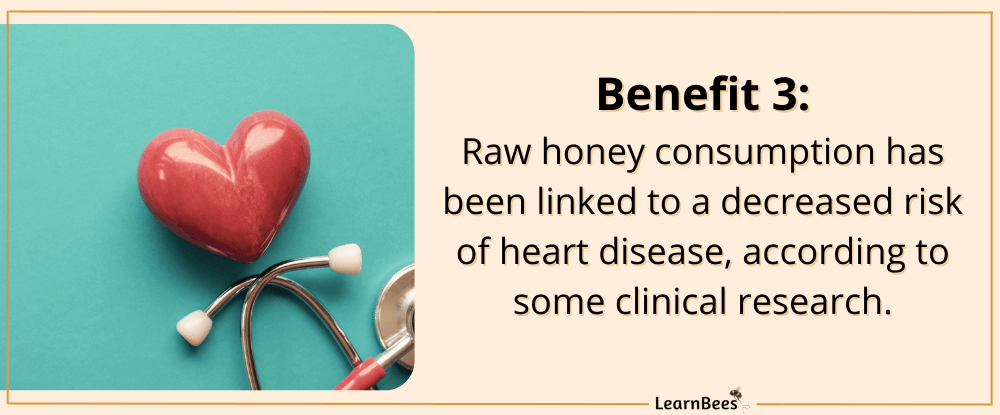
Raw honey has been shown in studies to help reduce the risk of heart disease.
Honey has been effective in lowering blood pressure, according to one research study of over 4,500 people.(18)
In another study, honey boosted blood fat levels, regulated the heartbeat, and lowered blood pressure. As a result, honey can help improve overall heart health.(19)
According to a rat research study, honey also helped protect against oxidative stress in the heart.(20)
Propolis, a component produced by honeybees from sap-producing trees, is also present in raw honey. Propolis has been found to have cholesterol-reducing and triglyceride-lowering effects.(21)
Benefit 4: Honey is a Proven Treatment for Coughs and Sore Throats
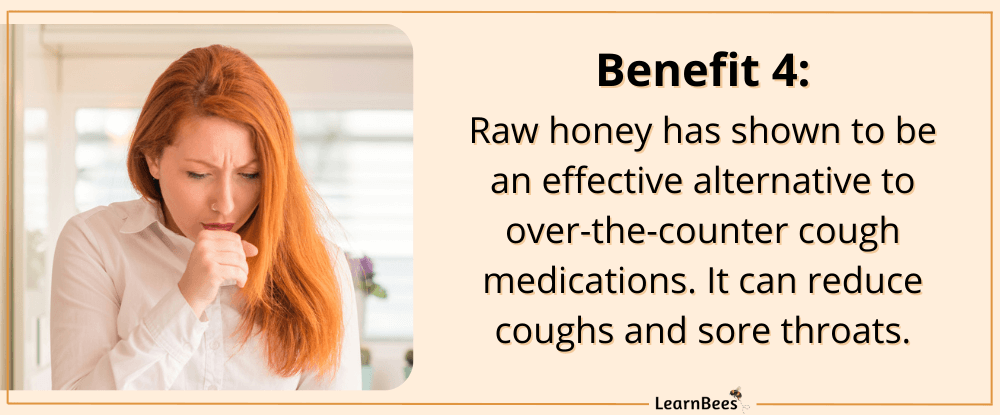
Upper respiratory infections can cause a sore throat and coughing fits. As a result, people dealing with upper respiratory infections may experience disrupted sleep.
Honey is a popular remedy for sore throats and coughs. It is an effective treatment for both, with evidence suggesting it might be an effective alternative to cough medicine.(22)
Honey is better than diphenhydramine (a cough medicine ingredient) at decreasing coughing symptoms.(23)
Raw honey may help reduce the amount of time spent coughing, helping to soothe a sore throat and allow for better sleep.(24)
More specifically, honey has also improved the quality of children’s and parents’ sleep while suffering from coughing fits.(25)
Honey has no adverse side effects, unlike over-the-counter cough medicines. However, it should not be given to infants under one year old because there is a risk of infant botulism.(26)
That said, children over 12 months old can consume honey safely.
What Are the Risks of Longan Honey?
The good news is that most people can safely eat honey. Both honey and honeycomb are considered low-risk foods.
But are there any side effects of longan honey?
Yes, there are two things to keep in mind:
Risk 1: Children Under 12 Months Should Not Eat Honey
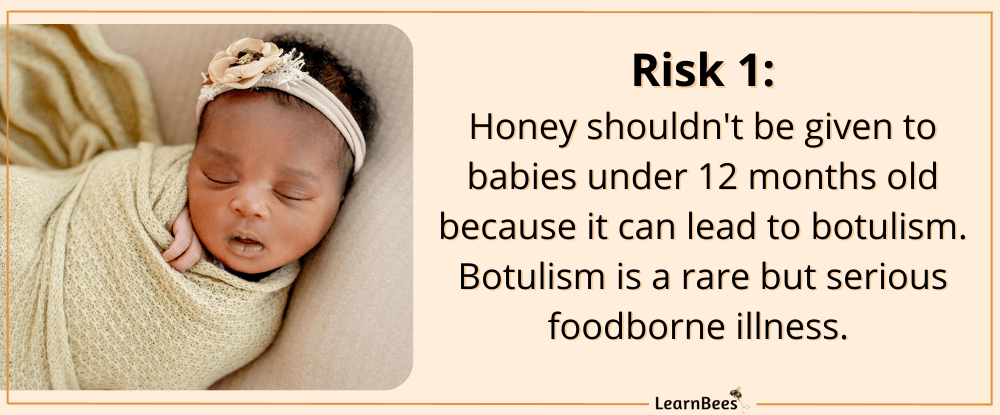
Due to a baby’s undeveloped immune system, honey poses a risk of infant botulism.
Infant botulism is a foodborne illness caused by bacteria called Clostridium botulinum. It can harm the nervous system, causing paralysis and respiratory failure.
Thus, you should wait until your child is over 12 months old before feeding them honey. This gives their immune system time to mature, so the risk of foodborne illness is less likely.
Risk 2: People With Diabetes Should Consume Honey in Moderation
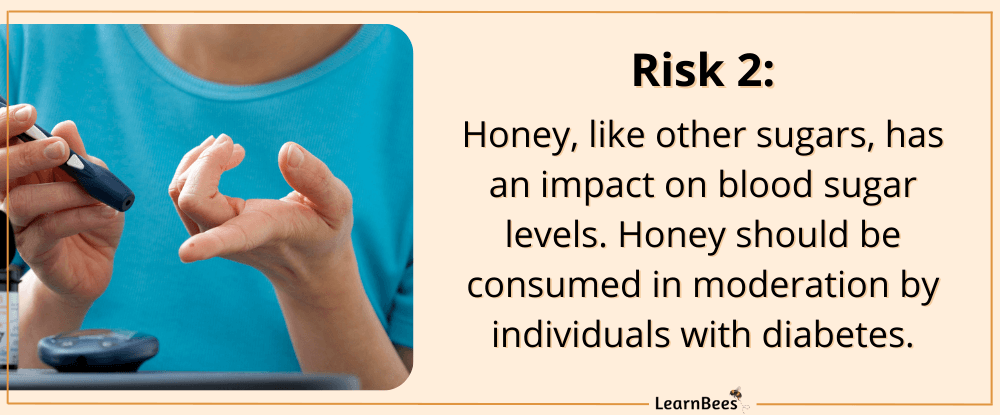
People frequently ask, “Is honey a better alternative to table sugar?”
In terms of health benefits, honey is a better alternative to sugar because it’s full of enzymes and antioxidants. That said, it can still cause blood sugar levels to spike.
Honey is also full of carbs and calories that must be considered for people using insulin. It’s best to consult with your doctor before adding honey as a regular part of your diet.
FAQs on Longan Honey
- Does longan honey crystallize?
- What is longan honey good for?
- What is the taste of longan honey?
- Is longan honey real honey?
- Does longan honey come from bees?
- Can you buy longan honey with honeycomb?
- Is longan honey milk tea good?
- Is longan honey vegan?
- Can longan honey be used for weight loss?
- What color is longan honey?
- How do you take longan honey?
- Is longan honey safe?
- Is longan honey beneficial to the skin?
- Where can I buy longan honey?
- What’s the difference between longan honey vs. honey?
Does longan honey crystallize?
Yes, longan honey crystallizes over time. However, you can still use it after it’s crystallized. Just place the honey jar in a pot of hot water to liquify it again.
Fun fact:
Honey never expires when it’s stored correctly. So crystallized honey doesn’t mean the honey has gone bad. It’s simply liquid honey that’s transformed into a solid state.
—> Go back to the FAQs on longan honey
More to Explore:
What is longan honey good for?
People regularly ask, “Is longan honey good?”
There are several benefits of longan honey. For example, raw longan honey is good for:
- Soothing a sore throat
- Reducing coughing symptoms
- Boosting heart health
- Reducing inflammation and healing wounds
Longan honey also tastes great and can be used as a natural sweetener in recipes.
—> Go back to the FAQs on longan honey
More to Explore:
- What’s the Melting Point of Beeswax?
- Is Honey Acidic or Alkaline?
- Beeswax on Hair: Benefits, Risks, & How to Use It
What is the taste of longan honey?
People regularly ask, “What does longan honey taste like?”
Longan honey has a sweet, floral taste with delicate undertones. It’s not a type of honey that will overpower your tastebuds. As such, it tastes delicious straight off the spoon or drizzled over fruit and other foods.
—> Go back to the FAQs on longan honey
More to Explore:
- Fermented Garlic and Honey Recipe
- Cinnamon Honey: Are There Health Benefits?
- How to Substitute Honey for Sugar
Is longan honey real honey?
“Is longan honey pure honey?” is a common question we get.
The answer is it depends on the honey supplier.
Some honey manufacturers process their honey by overheating and filtering it. This pasteurization process gives the honey a smoother texture and filters out any pollen. However, it strips the honey of its health benefits.
Many companies will also add artificial sweeteners to their honey to reduce manufacturing costs. As such, this means the honey is no longer considered real or pure honey.
If you want real longan honey, ensure that the honey label says “raw” and “unprocessed” on it.
—> Go back to the FAQs on longan honey
More to Explore:
- Why is Manuka Honey So Expensive?
- Fermented Honey With Ginger Recipe
- What’s the Difference Between Raw and Organic Honey?
Does longan honey come from bees? What is longan honey made of?
Longan honey comes from honeybees that collect nectar from longan flowers.
The honeybees then store the nectar in an internal organ called a crop. Once they return to the hive, they regurgitate the nectar into the mouths of worker bees.
The worker bees then deposit the nectar into honeycomb cells where it’s stored. Enzymes in the bees’ saliva break down the complex sugars in the nectar into simpler ones. From there, the bees vibrate their wings to fan the water out of the honeycomb cells.
Once the water content is reduced to 18%, the bees seal off the honeycomb cell with a wax cap. This allows the honeybees to save the honey until winter when flowers aren’t blooming, and there isn’t any nectar available.
—> Go back to the FAQs on longan honey
More to Explore:
Can you buy longan honey with honeycomb?
Yes, you can find longan honey for sale that still has the honeycomb. This type of honey is called “chunk honey” or “cut comb honey.” It’s a delicious way to eat honey and doesn’t require extra processing. Simply cut off a chunk of honeycomb and enjoy.
—> Go back to the FAQs on longan honey
More to Explore:
- Honey for Skin Benefits: Directions, Uses, & Risks
- 8 Scientific Benefits of Raw Honey
- Allergic to Honey: Signs of a Honey Allergy + Treatment
Is longan honey milk tea good?
Many people enjoy longan honey in milk tea. This combination is delicious and includes the various health benefits of raw honey.
Longan honey milk tea is also referred to as boba tea or bubble tea. Boba tea is a Taiwanese drink that’s become popular worldwide. The tea is made by blending black tea with milk and tapioca pearls. Longan honey is then added as a sweetener.
—> Go back to the FAQs on longan honey
More to Explore:
Is longan honey vegan?
No, longan honey is not vegan because honeybees produce it.
Vegans do not eat, use, or wear any animal products. This includes honey, beeswax, and other bee-derived products.
—> Go back to the FAQs on longan honey
More to Explore:
Can longan honey be used for weight loss?
No, longan honey is not ideal for weight loss because it’s a source of sugar, carbs, and is high in calories.
One tablespoon (21 grams) of honey contains 64 calories and 17 grams of sugar.
This means that longan honey is not a good choice if you’re trying to lose weight. However, it can be a healthy part of your diet if consumed in moderation.
—> Go back to the FAQs on longan honey
More to Explore:
- The Brutally Honest Truth About Sour Honey
- Buckwheat Honey: Uses, Benefits, & Risks
- Can You Eat Honeycombs?
What color is longan honey?
Longan honey is typically medium amber in color. However, the exact color may vary depending on the longan tree the honeybees collected from. The color can differ slightly from bottle to bottle.
—> Go back to the FAQs on longan honey
More to Explore:
How do you take longan honey?
You can take longan honey straight from the spoon or add it to food and drinks. Longan honey is sweet, so it’s a great natural sweetener for coffee, tea, or baking recipes.
—> Go back to the FAQs on longan honey
More to Explore:
- The Top 3 Best Manuka Honey Brands
- Orange Blossom Honey: Uses, Benefits, & Risks
- Sourwood Honey: Uses, Benefits, & Risks
Is longan honey safe?
Longan honey is considered safe for most people. However, there are a few things to keep in mind.
First, longan honey is a source of sugar. This means that it can cause spikes in blood sugar levels. If you have diabetes, monitor your blood sugar levels closely when consuming longan honey.
Secondly, longan honey should not be given to infants under 12 months old. This is because it can contain botulism spores, which can cause a serious form of foodborne illness in babies.
—> Go back to the FAQs on longan honey
More to Explore:
Is longan honey beneficial to the skin?
Yes, longan honey can be beneficial to the skin. It’s antimicrobial, so it can help to fight harmful bacteria. These beneficial effects have been seen to help diabetes-related foot ulcers and skin conditions such as eczema and psoriasis.
Raw honey is also a natural humectant, meaning it helps to keep skin hydrated.
—> Go back to the FAQs on longan honey
More to Explore:
Where can I buy longan honey?
It depends on where you live.
Longan honey is commonly found in Southeast Asia. If you don’t live in that area, you can buy longan honey online.
—> Go back to the FAQs on longan honey
More to Explore:
What’s the difference between longan honey vs. honey?
People often wonder if longan honey is different from regular honey. This is a hard question because there is no such thing as “regular honey.”
Remember:
There are over 300 different types of honey. Examples include blueberry honey, clover honey, and wildflower honey. So the term “regular honey” is a blanket phrase that isn’t specific.
